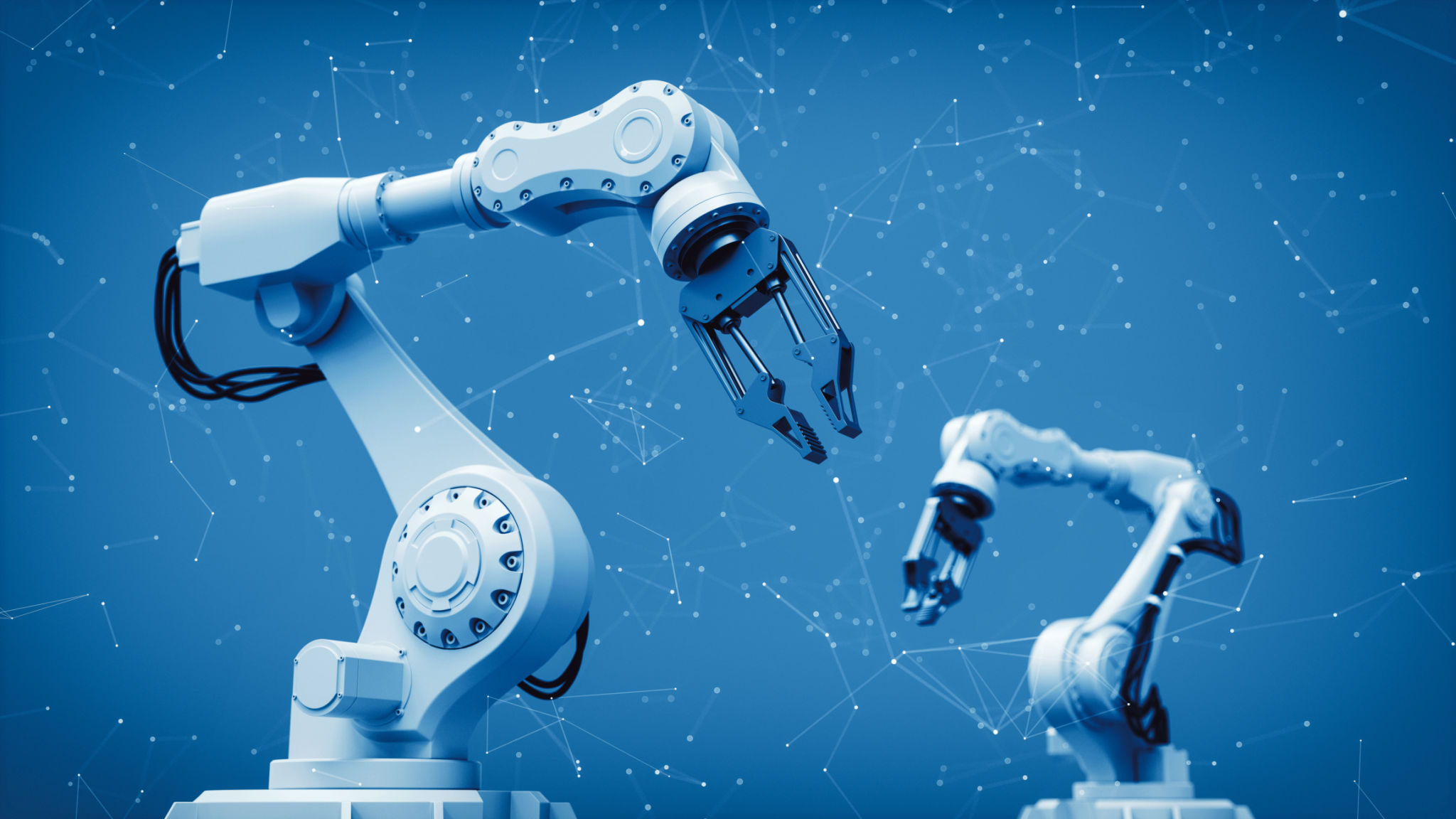Machine Learning Meets Robotics: Enhancing Automation Efficiency in Malaysia
The Convergence of Machine Learning and Robotics
In recent years, the intersection of machine learning and robotics has transformed automation across the globe. This fusion is particularly impactful in Malaysia, where industries are rapidly adopting advanced technologies to boost productivity and efficiency. Machine learning provides robots with the ability to learn from data and improve their performance over time, leading to smarter and more adaptable systems. This technological synergy is revolutionizing various sectors, from manufacturing to logistics.

Impact on the Manufacturing Sector
Malaysia's manufacturing industry is a critical component of its economy, contributing significantly to GDP. By integrating machine learning algorithms into robotics, manufacturers can optimize production processes, reduce waste, and enhance quality control. These intelligent systems can predict equipment failures, schedule maintenance proactively, and adjust operations based on real-time data analysis. As a result, factories operate more efficiently, minimizing downtime and maximizing output.
Moreover, machine learning-driven robots can handle complex tasks that were previously deemed too intricate for automation. From assembling delicate components to performing precise inspections, robots are now capable of executing detailed operations with high accuracy. This advancement not only elevates the manufacturing capabilities in Malaysia but also positions the country as a competitive player in the global market.

Revolutionizing the Logistics Industry
The logistics sector in Malaysia is also witnessing significant transformations due to the integration of machine learning with robotics. Automated warehouses equipped with smart robots are streamlining inventory management and order fulfillment processes. These robots can navigate large storage spaces efficiently, ensuring swift and accurate delivery of products.
- Automated guided vehicles (AGVs) use machine learning to optimize their routes within warehouses.
- Robotic arms equipped with vision systems can sort and pack items with remarkable speed.
- Predictive analytics assist in demand forecasting, enabling better inventory control.

Challenges and Opportunities
While the benefits of integrating machine learning with robotics are evident, there are challenges to consider. Ensuring data privacy and cybersecurity is paramount as more systems become interconnected. Additionally, there is a need for skilled professionals who can design, implement, and maintain these advanced systems. Addressing these challenges presents an opportunity for Malaysia to invest in education and training programs that prepare the workforce for the future of automation.
Furthermore, fostering collaborations between tech companies, research institutions, and government bodies can accelerate innovation in this field. By creating a supportive ecosystem for technological advancements, Malaysia can harness the full potential of machine learning and robotics to drive economic growth.

The Future of Automation in Malaysia
As Malaysia continues to embrace the convergence of machine learning and robotics, the future looks promising for its automation landscape. The ongoing advancements in artificial intelligence (AI) and robotics will likely lead to even more sophisticated applications that enhance operational efficiency across various sectors. The potential for growth is immense, with opportunities for new business models and job creation.
Ultimately, by leveraging these cutting-edge technologies, Malaysia is well-positioned to become a hub for innovation in automation. The journey towards a more automated future is not without its challenges, but the rewards are substantial for those who can effectively navigate this evolving landscape.
